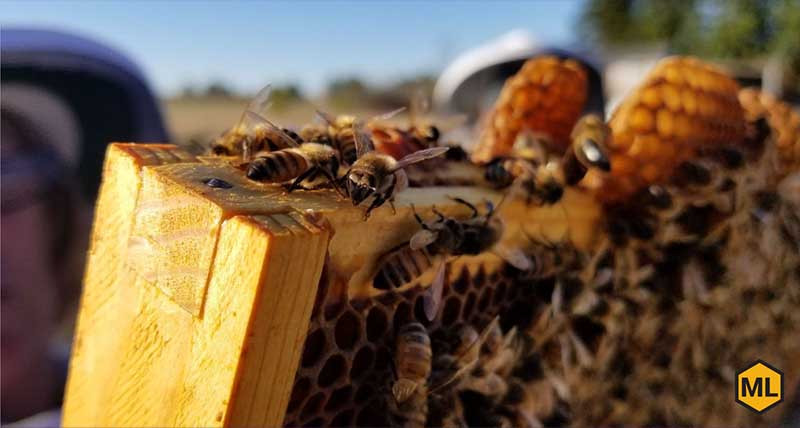How to Treat American Foulbrood
Honey bees face a range of diseases and infections every season, but one of the most dangerous is American foulbrood (AFB). This infection comes from a spore-forming bacterium called paenibacillus larvae.
Once this bacterium enters a hive, its spores contaminate the food supply and target the larvae who feed on it. As the infection spreads and kills off more larvae, the colony grows weaker and less productive. As such, it’s important for beekeepers to know how to treat American foulbrood in their hives.
Learn more about the symptoms, preventative measures, and treatment methods for this infection with this guide.
SIGNS OF AMERICAN FOULBROOD
As with most honey bee diseases, it’s important to catch the problem as early as possible. There are a few symptoms of AFB you should watch out for. The most common sign is an irregular brood pattern.
As the infection kills the larvae one by one, the queen and worker bees replace the brood irregularly rather than in the usual uniform groups. This means that a hive suffering from AFB will have spotty, sunken brood caps.
You might also notice a foul smell, which indicates the rotting of dead larvae. Another symptom unique to AFB is a caramel-colored film in the brood cells. This color occurs as the bacteria breaks down the larvae’s bodies.
HOW TO TREAT AMERICAN FOULBROOD
Prevention is always the best way to deal with American foulbrood and other honey bee diseases. In addition to knowing the warning signs of AFB, you should pay attention to your hive tools and beekeeping equipment.
The paenibacillus bacteria can live on equipment and spread from hive to hive through your gear, so it’s important to sterilize your hive tool, smoker, and any protective gear before using it on another hive—especially if you notice signs of AFB.
Once a hive becomes infected, it can harm the colony for years to come. Many states require beekeepers to destroy infected hives by burning them. If you choose this method, make sure you burn the hive after dusk when the forager bees have returned. This will stop any stragglers from joining other hives and spreading the disease.
If you choose not to burn the hive, you can treat the infection with antibiotics: Terramycin or Tylan. However, it’s important to remember that you can only use these antibiotics with the permission of a licensed veterinarian.
American foulbrood is a tough disease, but you don’t have to face it alone. Mann Lake has the resources you need to identify and treat AFB and other honey bee diseases. No matter what challenges you face in your beekeeping career, we have the honey bee equipment, knowledge, and community to help you through.

